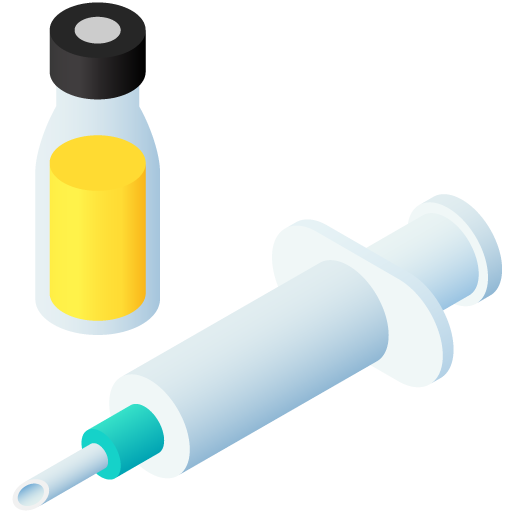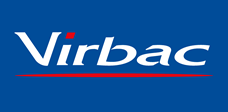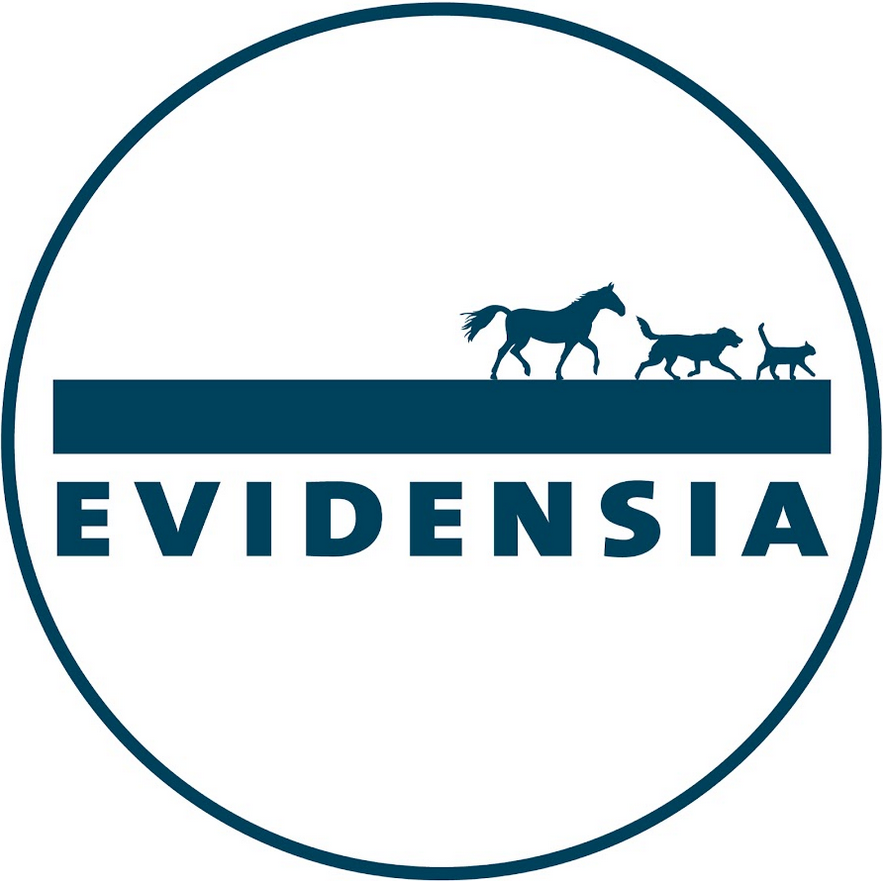Combination therapy
No results were found for your selected species
Nobilis Salenvac T
Active substance
ATC code
Species
Chickens (for reproduction and layer hen)
Indications
For the active immunisation of chickens and the passive immunisation of the progeny to reduce caecum colonisation and faecal excretion with S. Enteritidis and S. Typhimurium.
Active immunity:
Onset of immunity: 4 weeks after the second administration
Duration of immunity: until approximately 56-60 weeks of age for chickens vaccinated at 12 and 16 weeks.
Minor indication: In exceptional circumstances chickens from one day of age may be vaccinated in order to protect them in an environment where they are likely to become infected at an early stage in the rearing phase (epidemiologically indicated by recent outbreak of Salmonella or high infection pressure on the site).
Onset of immunity: 4 weeks after the second administration.
Passive immunity:
Onset of immunity: day one after hatching.
Duration of immunity: until 14 days after hatching.
Passive immunity is transferred from 4 weeks after the second vaccination up to 59 weeks of age of the parent bird.
Dose to be administered and administration route
Standard vaccination:
Intramuscular injection of one dose of 0.5 ml.
Shake well before use. Observe aseptic precautions.
For active immunisation of layers and breeders:
Two vaccinations, with an interval of four weeks should be given.
The recommended age for vaccination is 12 and 16 weeks of age.
Emergency vaccination (when epidemiologically indicated in high-risk environments):
Intramuscular injection of one dose of 0.1 ml in one-day-old chicks.
After an interval of 4 weeks a repeat vaccination with a dose of 0.5 ml should be given.
For passive immunisation of progeny of breeders:
Two vaccinations, with an interval of at least four weeks should be given. The recommended age for first vaccination is at 6-12 weeks of age and for the second vaccination at 13-16 weeks of age.
In case the induction of active- and passive immunity is intended in breeders and their offspring, the vaccination scheme for active immunisation should be followed.
Hygiene measures and good husbandry practices should also play an important part of a control programme to reduce the incidence of Salmonella infection.
Adverse reactions
Chickens:
|
Very common (>1 animal / 10 animals treated): |
Injection site swelling1; Lameness2; Low weight gain3; Lethargy4 , dull4. |
|
Common (1 to 10 animals / 100 animals treated): |
Injection site nodule5. |
1 In one-day-old chickens (receiving a dose of 0.1 ml), the reactions are more evident than in chickens of 4 weeks of age or older (receiving a dose of 0.5 ml), and occasionally, the whole thigh may become swollen. These reactions are temporary and in the majority of cases resolved by 7 days. Exceptionally, a swelling may still be detectable 15 days after inoculation.
2 Observed in chickens of 4 weeks of age or older (receiving a dose of 0.5 ml), lameness can last up to 2 days.
3 Observed after use in one-day-old chicks (receiving a dose of 0.1 ml).
4 Observed in chickens of 4 weeks of age or older (receiving a dose of 0.5 ml), lethargy can last up to 2 days.
5 In chickens of 4 weeks of age and above (receiving a dose of 0.5 ml), transient small palpable injection site nodules are (reaching a maximum size of 1 cm2) evident immediately after vaccination and generally last only 1-2 days.
Reporting adverse events is important. It allows continuous safety monitoring of a veterinary medicinal product. Reports should be sent, preferably via a veterinarian, to either the marketing authorisation holder or its local representative or the national competent authority via the national reporting system. See also the last section of the package leaflet for contact details.
Dispensing
POM-V - Prescription Only Medicine – VeterinarianSUMMARY OF PRODUCT CHARACTERISTICS
1. NAME OF THE VETERINARY MEDICINAL PRODUCT
Nobilis Salenvac T Suspension for injection for chickens
2. QUALITATIVE AND QUANTITATIVE COMPOSITION
Per dose of 0.5 ml:
Active substances:
Inactivated cells of Salmonella Enteritidis, strain PT 4: ≥ 1 RP*
Inactivated cells of Salmonella Typhimurium, strain DT104: ≥ 1 RP*
Excipients:
Adjuvant: aluminium hydroxide: 125 mg
Preservative: thiomersal: 0.065 mg
For a list of excipients, see section 6.1.
* RP = relative potency = mean antibody response in rabbit potency test equal to or greater than a reference batch which was shown to be efficacious in chickens
3. PHARMACEUTICAL FORM
Suspension for injection
4. CLINICAL PARTICULARS
4.1 Target species
Chickens (breeders and layers)
4.2 Indications for use, specifying the target species
For the active immunisation of chickens and the passive immunisation of the progeny to reduce caecum colonisation and faecal excretion with S. Enteritidis and S. Typhimurium.
Active immunity:
Onset of immunity: 4 weeks after the second administration
Duration of immunity: until approximately 56-60 weeks of age for chickens vaccinated at 12 and 16 weeks.
Minor indication: In exceptional circumstances chickens from one day of age may be vaccinated in order to protect them in an environment where they are likely to become infected at an early stage in the rearing phase (epidemiologically indicated by recent outbreak of Salmonella or high infection pressure on the site).
Onset of immunity: 4 weeks after the second administration.
Passive immunity:
Onset of immunity: day one after hatching.
Duration of immunity: until 14 days after hatching.
Passive immunity is transferred from 4 weeks after the second vaccination up to 59 weeks of age of the parent bird.
4.3 Contraindications
Do not use in laying birds.
4.4 Special warnings
None
4.5 Special precautions for use
i. Special precautions for use in animals
No studies have been performed to evaluate the effect of maternally derived antibodies on the response to vaccination. Therefore, for use in 1 day old chicks, where epidemiologically indicated, only birds from non-vaccinated and non-infected parent flocks should be vaccinated with Nobilis Salenvac T.
ii.Special precautions to be taken by the person administering the veterinary medicinal product to animals
In the case of accidental self-injection, seek medical advice immediately and show the package leaflet or the label to the physician.
4.6 Adverse reactions (frequency and seriousness)
The vaccine contains an adjuvant and vaccination may result in temporary swellings at the injection site.
In chickens of 4 weeks of age and above (receiving a dose of 0.5 ml), vaccination may rarely result in transient small palpable nodules at the injection site (reaching a maximum size of 1 cm2), evident immediately after vaccination and generally lasting only 1-2 days. Vaccination may also be associated with transient dullness, lethargy and lameness, lasting up to 2 days.
In one-day-old chicks (receiving 0.1 ml) the reactions are more noticeable.
It should be taken into account that post-vaccination injection site swellings are generally more evident than when administering 0.5 ml to birds of 4 weeks of age or older, and occasionally, the whole thigh may become swollen. These reactions are temporary and in the majority of cases resolved within 7 days. Exceptionally, a swelling may still be detectable 15 days after inoculation. In addition, after vaccination a significant proportion of the birds may show signs of lethargy, dullness and lameness, and a reduction of weight gain.
4.7 Use during pregnancy, lactation or lay
Do not vaccinate birds in lay.
4.8 Interaction with other medicinal products and other forms of interaction
Vaccination causes a serological response in the chickens which may interfere with a surveillance programme based solely on serological screening without confirmatory bacteriology. The vaccine should therefore not be used when serological detection alone is used to assess flocks for infection with S. Enteritidis and/or S. Typhimurium. Vaccination also may cause cross reactions in the plate agglutination test for S. Pullorum/Gallinarum. Specific serological methods or bacteriology should be used for the differential diagnosis.
No information is available on the safety and efficacy of this vaccine when used with any other veterinary medicinal product. A decision to use this vaccine before or after any other veterinary medicinal product therefore needs to be made on a case by case basis.
4.9 Amounts to be administered and administration route
Standard vaccination:
Intramuscular injection of one dose of 0.5 ml.
For active immunisation of layers and breeders:
Two vaccinations, with an interval of four weeks should be given.
The recommended age for vaccination is 12 and 16 weeks of age.
Emergency vaccination (when epidemiologically indicated in high-risk environments):
Intramuscular injection of one dose of 0.1 ml in one-day-old chicks.
After an interval of 4 weeks a repeat vaccination with a dose of 0.5 ml should be given.
For passive immunisation of progeny of breeders:
Two vaccinations, with an interval of at least four weeks should be given. The recommended age for first vaccination is at 6-12 weeks of age and for the second vaccination at 13-16 weeks of age.
In case the induction of active- and passive immunity is intended in breeders and their offspring, the vaccination scheme for active immunisation should be followed.
Hygiene measures and good husbandry practices should also play an important part of a control programme to reduce the incidence of Salmonella infection.
4.10 Overdose (symptoms, emergency procedures, antidotes), if necessary
Similar reactions to those seen after a single dose (see 4.6), but more pronounced after double dose.
4.11 Withdrawal period
Zero days
5. IMMUNOLOGICAL PROPERTIES
To stimulate active immunity and passive immunity of the progeny against S. Enteritidis and S. Typhimurium. For the passive immunisation scheme upon challenge with S. Enteritidis or S. Typhimurium, no significant reduction of Salmonella positive samples of liver and spleen was demonstrated.
Inactivated bacterial vaccine. ATC vet code: QI01AB01
6. PHARMACEUTICAL PARTICULARS
6.1 List of excipients
Aluminium hydroxide gel
Tris
Maleic acid
Sodium chloride
Formaldehyde
Thiomersal
Water for injection
6.2 Incompatibilities
Do not mix with any other veterinary medicinal product.
6.3 Shelf life
Unopenend: 3 years.
Use broached containers immediately
6.4 Special precautions for storage
Store and transport refrigerated (2 - 8°C).
Do not freeze.
Protect from light.
6.5 Nature and composition of immediate packaging
Carton box with a multidose low density polyethylene bottle of 250ml or 500ml sealed with an aluminium cap over a rubber stopper. Containers and closures conform to Ph.Eur.
6.6 Special precautions for the disposal of unused veterinary medicinal products or waste materials derived from the use of such products
Any unused veterinary medicinal product or waste materials derived from such veterinary medicinal product should be disposed of in accordance with local requirements.
7. MARKETING AUTHORISATION HOLDER
MSD Animal Health UK Limited
Walton Manor
Walton
Milton Keynes
Buckinghamshire
MK7 7AJ
8. MARKETING AUTHORISATION NUMBER
Vm 01708/4472
9. DATE OF FIRST AUTHORISATION
17 August 2000
10. DATE OF REVISION OF THE TEXT
August 2020
PROHIBITION OF SALE, SUPPLY AND/OR USE
The import, sale, supply and/or use of Nobilis Salenvac T is or may be prohibited in certain Member States on the whole or part of their territory pursuant to national animal health policy. Any person intending to import, sell, supply and/or use Nobilis Salenvac T must consult the relevant Member States competent authorities on the current vaccination policies prior to the import, sale, supply and/or use.
Approved 14 August 2020

 TRUSTED SOURCE
TRUSTED SOURCE









